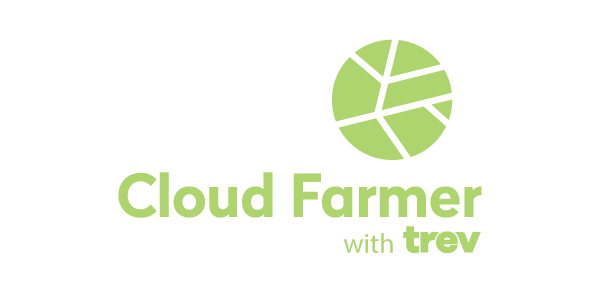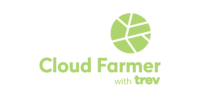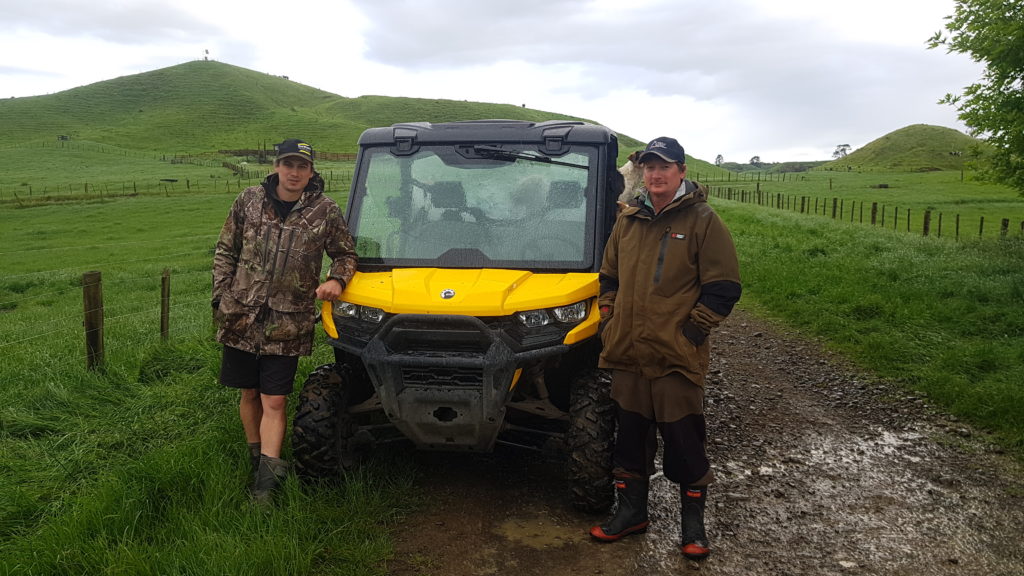Sisam & Sons Ltd is a large scale family owned and operated 4750 hectare property, located 20 minutes south of Whakatane in the Bay of Plenty region. The diverse business includes dairy, sheep, beef and forestry enterprises.
Matt is the fifth generation of his family on the farm. His father acted as managing director for more than 20 years and his uncle was previously the general manager. The business structure is in the form of a private company, solely owned by family members.
Governance is provided by a board of directors, headed by an independent chairman, who provides a high level helicopter view of figures and opportunities. As well as family members, the board includes two other independent directors.
The farm has been passed down through the generations and Matt says it is shareholder driven, focused on delivering a dividend to shareholders, of which there are now about 30.
Below the board sits the farm management committee, comprised of operational staff from the farms and outside expertise. The committee works through budgets and on farm recommendations before they are passed on to the board.
The farm
The entire property is one block, with different farming activities carried out of the different classes of land.
The good country in the main valley is the dairy platform, with the two sheep and beef blocks surrounding the dairy farms on the class 4-6 land. The steep land is in forestry and native bush.
The dairy enterprise is made up of four dairy herds, with total numbers at 2200 cows wintered. There is a dairy operations manager who oversees the whole operation, and four herd managers and assistant staff, as well as a team of calf rearers.
The herds are cross bred and they select for Facial Eczema tolerance in the cows.
The two sheep and beef blocks are about 1100 hectares (effective) each, and run by two block managers (essentially stock managers), assisted by two shepherds each.
“They do the day to day running. I used to be the sheep and beef manager, but I have recently stepped up to oversee the sheep and beef units as well as the other enterprises,” Matt explains.
“We have a lot of 1ha paddocks, over 1000ha in 1ha cells and mainly run cattle in there for ease of wintering and carrying capacity. We buy about 1450 Friesian bulls each year, spring and autumn born, as well as rearing 300 of our own white face heifers and steers from the dairy platforms.”
As well, they buy in trade steers in the spring, and provide wintering for all the dairy grazers on the sheep and beef farms.
On the sheep side, they run about 5500 Romney composite breeding ewes in two flocks, one maternal and one terminal, breeding their own replacements and using Piquet Hills rams for FE tolerance. “There’s no way we would farm without breeding for FE tolerance. It’s a no brainer in this area.”
All lambs are finished and they mate about 50% of hoggets, finishing their lambs also. They don’t buy in lambs.
Having the different enterprises right next to each other has benefits when it comes to being flexible too. “If there’s feed and paddocks available on the sheep and beef farms we try to have them next to the dairy farms, so they can utilise it. Everything is integrated and it’s one big block really. It’s about being flexible with our policies, and our board of directors is very proactive too.”
Finally, commercial pine trees are grown on the more marginal land. “We just did our Land Use Capability assessment and the forestry is all class 7-8 land, there’s a reason it wasn’t productive farmland.”
Utilising technology
With a property of this size with massive scope, Matt says a paper trial would never provide the data they need.
“I’ve embraced cloud-based technology and I’m a big user of Google Docs. Cloud Farmer adds to that. It can be pretty overwhelming trying to get everything 100%, especially with the compliance side of things.”
Sisam & Sons also uses Xero and Figured for their accounting software and TruTest weigh gear and Datamars to capture information like weight gains.
“Every time anything is weighed, it’s scanned. It gives staff instant feedback on what the stock are doing, that’s what I love about it. It’s also useful for NAIT compliance, because if there’s a tag missing you know straight away, as you can’t scan it, so you can replace it and avoid any penalties for untagged animals.”
Matt says the younger generation, particularly, have been keen to embrace the new technology on farm, and have the best uptake. “But I also have an older guy who isn’t the most tech savvy, but he’s trying to learn. Cloud Farmer is easy to use, it’s intuitive and simple. It’s where the industry is going and we have to move forward with it, and he knows that.”
Animal health records is an area where Cloud Farmer has helped immensely. Previously, all records were done on paper and it was a bit hit and miss. “Sometimes people would forget to do it or they’d get busy and not come into the office, and it just wasn’t getting done. With Cloud Farmer they do it at the time, take a photo and the job’s done straight away.”
All staff have their own Cloud Farmer login and anyone can record the information, as long as they sync it when they get home and into reception.
“The beauty is I can see all the data too, from anywhere. I think apps and cloud-based technology are the way forward. I can be anywhere in the world and see what’s going on. The time saved and fact it’s easy to use are the best parts about it.”
Cloud Farmer gives an overview of what’s happening on farm for the day, and is being used on just the sheep and beef side currently.
As well as animal health treatments, information like stock records, scanning data, chemical inventory and staff timesheets are recorded in Cloud Farmer.
“Because we have so many stock classes it’s especially useful for coding accounts. I need to know what numbers of what stock class have gone to the works, for example, and block managers can enter that in. I can load the works invoice in, so staff members can see how they killed out or information about why animals were condemned.”
Staff all have a login and the Cloud Farmer app on their phones. They use their phones to enter information as they go, and sync it when they get home. “I think they enjoy the responsibility too, and feel more involved in their role because of it.”
Matt uses the desktop version frequently, as he spends a lot of time in the office and can get a better view on desktop, but he doubts the staff ever use the desktop version. “The app is really good for putting information in and record keeping. Desktop is good for viewing in my role.”
Simple and easy to use
He chose Cloud Farmer because it wasn’t complicated. “It just had what I needed and nothing else. We can pick and choose what we want to use. It’s very easy to work with the Cloud Farmer staff, the customisation and simplicity of it I like. You can tell they want you to succeed, and will try and help you work through any problems. It’s very reasonably priced too, I think.”
Matt says he would recommend Cloud Farmer because of its ease of use, simplicity and it saves time. “You can do stuff on the job as you go, because you can enter data offline, it’s great.”
An added bonus is the fact it gives you all the information you need for an audit at your fingertips. “When we have an audit it makes things so much easier. They can see you have made an effort to record everything. We had an MPI audit not long ago and they said it was brilliant, which was really good feedback.”


